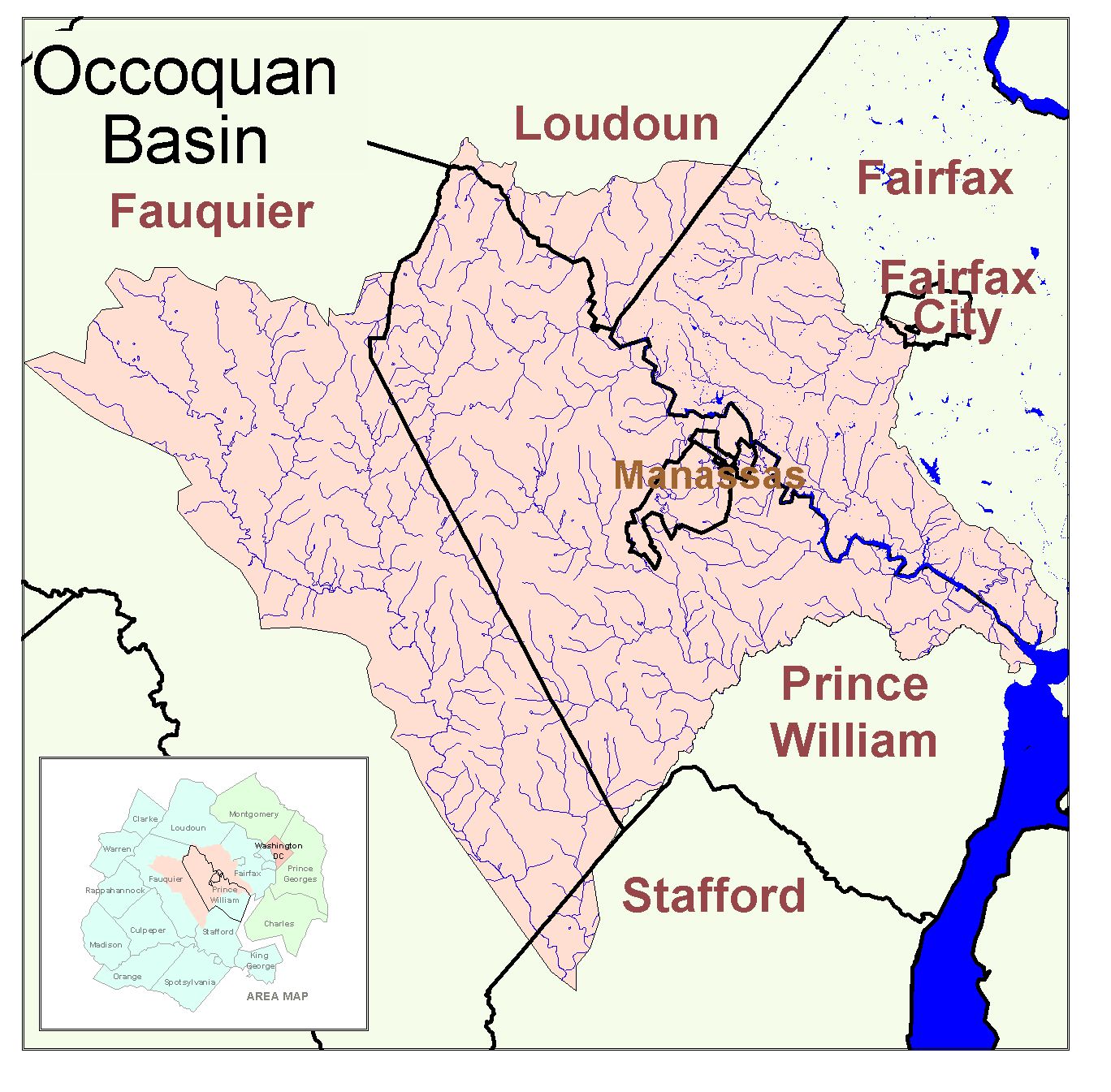©EOP
Social stability is the last but perhaps the most important of irrigation's "3s", for without adequate social organization and long term stability, irrigation is impossible. In the United States a variety of cooperative, local, state and federal agencies act to provide the necessary social organization for water management, with the Federal Bureau of Reclamation the best known and largest entity. That federal agency has been responsible for the development and maintenance of a series of huge projects in the western United States including the Colorado River projects, the Columbia Basin Project and parts of California's complicated water management system. All of those systems have venerable ancestries. Immense irrigation projects under centralized control were known to the ancient societies of Mesopotamia, while small and locally controlled irrigation projects date to long before the beginnings of recorded history in all arid and semi-arid parts of the world where agriculture has been practiced.
The state of New Mexico, one of the longest European settled parts of the United States, has a tradition of irrigated agriculture stretching back well before the first European contact. With parts of the Colorado River projects and large ones along the Rio Grande (Rio Bravo del Norte) New Mexico is something of a microcosm of virtually all of the types of irrigation water control known in the western United States. It also has some of the more complicated water laws, for it is a mostly arid state but also has high mountains where melting winter snows are the sources of exotic rivers, most notably the Rio Grande and its largest tributary the Pecos. Allocation of that water is a complicated task, a task made increasingly difficult by drought years when mountain show is scarce. In addition to dividing water between users who live within its boundaries, New Mexico is obligated to send water to downstream users on the Rio Grande, the Pecos and several smaller streams into Texas and Mexico (and in a less complicated set of relations to downstream users on the Colorado - New Mexican users of water destined for the Colorado are few in number).
Snow in New Mexico, 16 March 2005
source: NASA Earth Observatory
Acequias in New Mexico (with a few also in Colorado) are numerous, almost 1,000 of the gravity driven channels bring water from highland areas for use in towns and agricultural plots. They are also very old, brought to the area by settlers from Mexico and Spain who were familiar with community operated irrigation first in Spain and later in New Spain (Mexico). Some of the canals themselves may actually date to pre-contact groups, for acequias use an ancient technology widespread where snowmelt in nearby mountains allows agriculture on downhill sites. The social organization in pre-contact groups is for the most part unknown, and some of the current aspects of acequia management may have roots there, but the acequia associations are quite similar in character to much older ones in México and in Spain.
While ancien regime Spain and its colonies were not in the remotest sense of the term democratic in almost all aspects of governance, acequia associations were participatory democracy in its most pristine form. Yearly or more often those who had a share in the water delivered by an acequia met, a mayordomo (ditch boss) or leader was chosen, and both the allocation of water and of tasks necessary to keep the channels open, free of silt and debris, were made by common consent. A kind of corvée was in effect, for peasants were compelled to spend time working on the channels, but instead of working for benefit of the state or the nobility as in other corvée, they were working for the common good of their local community and for personal benefit.
The acequia associations of contemporary New Mexico share that characteristic of participatory democracy (no, New England town meetings are not the only example of direct democracy in the United States). For the past several decades the associations have become legal entities and an integral element in the management of water in New Mexico. Beneficiaries of the water are compelled to participate in the maintenance of the ditches, and in years of drought they must make the difficult decisions on how to allocate the scarce resource.
Folr a fascinating look at acequias and the experience of being a ditch boss in New Mexico, see Stanley Crawford's Mayordomo: Chronicle of an Acequia in Northern New Mexico.

















.jpg)




.jpg)
